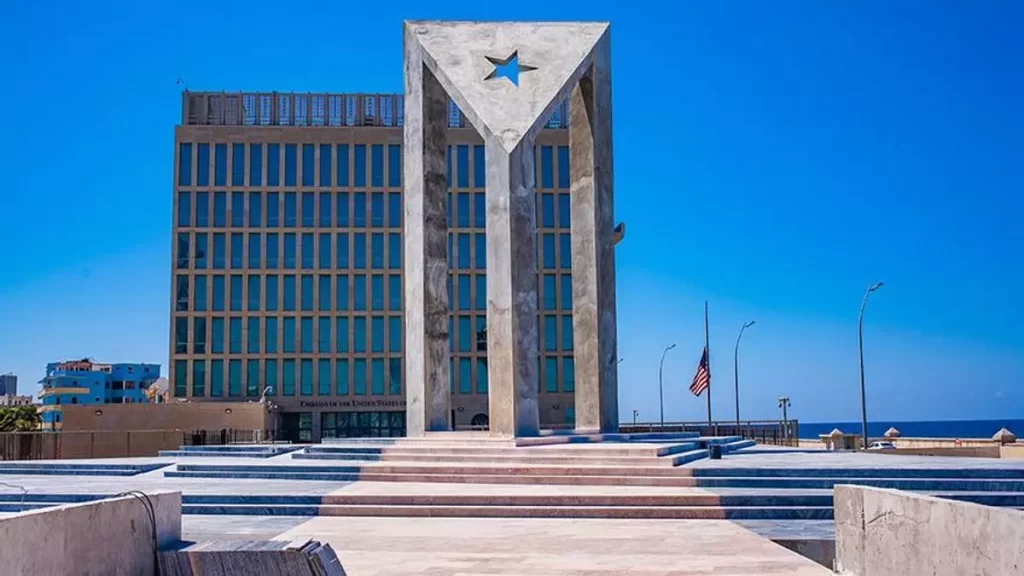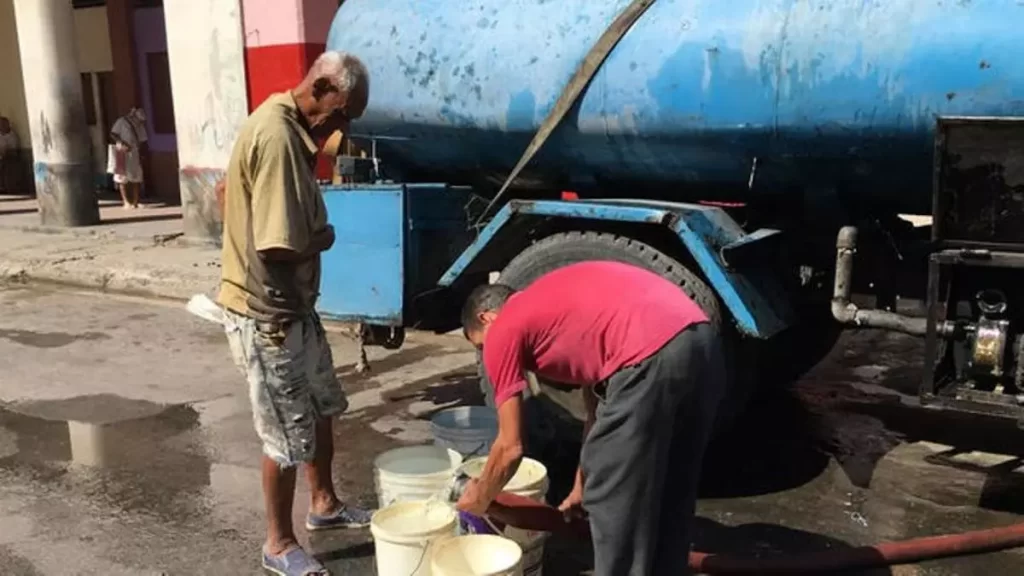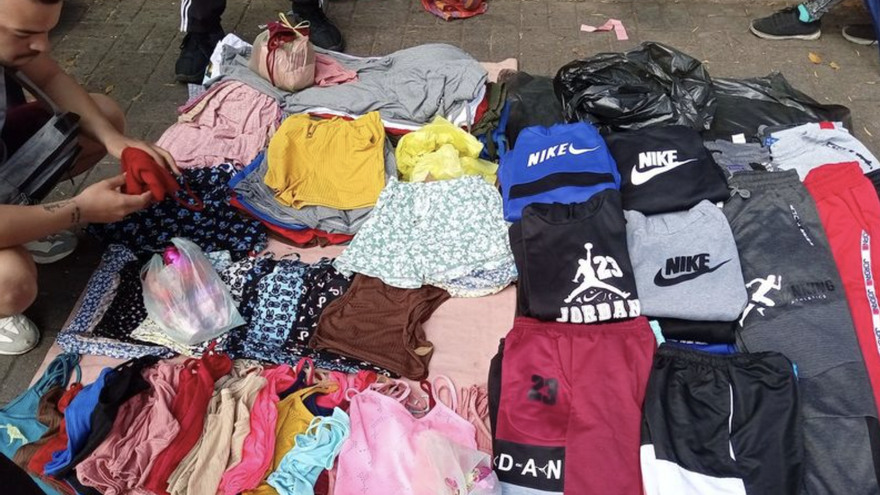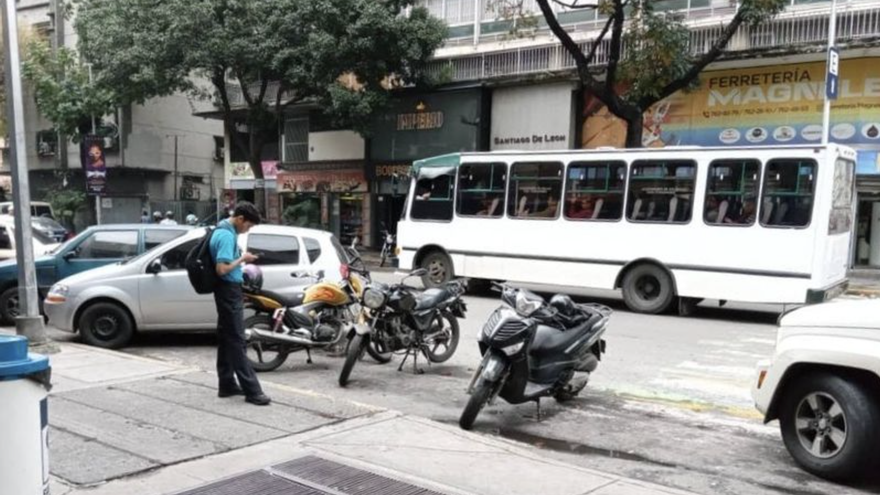
![]() 14ymedio, Madrid, April 17, 2024 — Salvador Valdés Mesa, annoyed, reproached Cuban producers on Tuesday for “getting used” to taking their products “to the highest bidder, the one who pays them the most.” The surprising argument encouraged a few days of bureaucratic meetings around the “Government’s projections to boost the economy” from which, despite having been informed profusely, no one made anything clear.
14ymedio, Madrid, April 17, 2024 — Salvador Valdés Mesa, annoyed, reproached Cuban producers on Tuesday for “getting used” to taking their products “to the highest bidder, the one who pays them the most.” The surprising argument encouraged a few days of bureaucratic meetings around the “Government’s projections to boost the economy” from which, despite having been informed profusely, no one made anything clear.
“The information given refers to a number of actions and identification of problems although it does not specify what they are or what they will be. He talks about a schedule that is not known. I was not satisfied with the information although what was discussed seems interesting,” a reader commented on the article published this Monday in Cubadebate about Manuel Marrero’s meeting with the Council of State.
The article was a string of figures about detected problems, implemented actions, productive programs, with not a single explanation of them. “The implementation of the projections and the advances require verifiable results. I don’t doubt that they exist but in this article I can’t find them,” was another of the many complaints that appeared in the comments.
“The implementation of the projections and the advances require verifiable results. I don’t doubt that they exist but in this article I can’t find them”
This Wednesday, the official press is once again dedicated to the same issue, although this time it is the consequent meeting of the prime minister with the provincial governors to transfer the content of the previous day. The curious article finished with the discomfort of Valdés Mesa over the fact that the farmers don’t want to contract with the State, to the point of considering it a personal affront if they seek someone who pays better. continue reading
“There are indisciplines that are becoming habits. It makes me mad, and we have to be more strict about ordering, organizing, controlling and disciplining. We have to reach everyone,” he scolded, after hearing Deputy Prime Minister Jorge Luis Tapia Foncesa say that the demand for food is not covered due to the low level of contracts with the farmers.
“One of the causes is the lack of demand, of control, the preparation of the cadres and the lack of systems. Today the production rate for contracts is only 60% for the farmers who are hired. To that must be added the quality of that process,” he said, ignoring the insistent claims of the farmers, who complain not only about the low prices offered by the State but also the high levels of non-payment and the legal consequences – penalties – in case of not being able to comply with the agreements, something frequent due to lack of raw materials, fuels, fertilizers and even thefts.
At the end of the first quarter, all the provinces were “in decline” in the Housing program
Apart from this, the only data that surfaced this Tuesday was the negligible fulfillment of the housing program in which, at the end of the first quarter, all the provinces were “in decline.” According to the general director of the area, Dilaila Díaz Fernández, the plan to recover the housing deficit in 10 years has not progressed. The loss of housing capacity continues, and the construction of basic units has not been completed for three months. The proposal to use the native red clay for building has not been adopted, and reviving the production of marble for export was also planned.
The official also regretted that “the social and State microbrigades have not been activated as the main housing construction force,” a proposal by Ramiro Valdés just a year ago. Yesterday an angry Valdés Mesa urged the recovery of the movement created by Castro in 1971 and in force until the ’90s, based on the idea that homeless workers build their own houses.
As for the economy, which worries citizens so much, little could be known. Manuel Marrero said that there is “dispersion in the way the measures are being implemented” and that it is necessary to be more dynamic and hardcore. “We are lacking a strong hand in many places; we need to take exemplary measures in defense of our people,” he warned. It can be assumed that he was talking about corruption and the diversion of products.
The issues addressed were a priority for Cubans, from food production, to the “resizing” – euphemism for reducing – the State sector and the future Business Law and electronic payment systems, among others, but the explanations were, once again, null. “We are updating the action plan from the content, structure, program … to guarantee the active participation in its construction by the organizations, the Osde (Higher Organizations of Business Management) and the territorial governments, because no projection is alien to the functions and missions that we fulfill from our institutions,” said Mildrey Granadillo de la Torre, Deputy Minister of Economy and Planning, speaking without saying anything.
“We are missing a strong hand in many places; we need to take exemplary measures in defense of our people”
Marrero added that the problems detected must be identified and classified to see who can solve them, and he took advantage of the moment to divert responsibility to the smaller administrations: “The work of this structure, although I do not generalize it, in a large percentage is insufficient, very weak, because they are not taking advantage of all the powers that a Board of Directors has,” he said, specifically referring to the “battle against prices.”
He followed this by criticizing the provinces, in his opinion better attended to by the Government than by local leaders. “They are not getting into the communities, they do not meet with the people, there is inattention to the communities in many places, and this is experienced by several of the national leaders who visit a place, a community, and people take the opportunity to transfer the countless dissatisfactions they have, because they do not always find that space.”
In the meeting they also apparently talked about the reduction of the fiscal deficit, the development of the country’s business system and the integration of all economic actors, especially the private enterprises. Also about the advance of the maternal and child program and illegal mining. What was said? At the moment, it’s a mystery.
Translated by Regina Anavy
____________
COLLABORATE WITH OUR WORK: The 14ymedio team is committed to practicing serious journalism that reflects Cuba’s reality in all its depth. Thank you for joining us on this long journey. We invite you to continue supporting us by becoming a member of 14ymedio now. Together we can continue transforming journalism in Cuba.




















